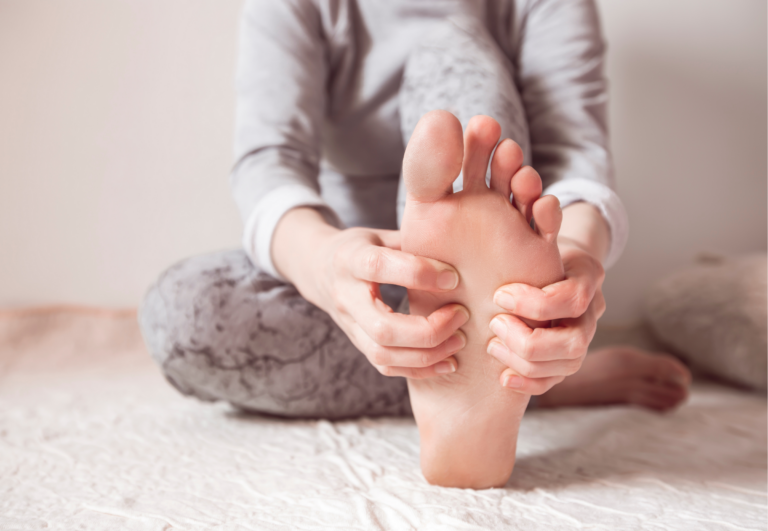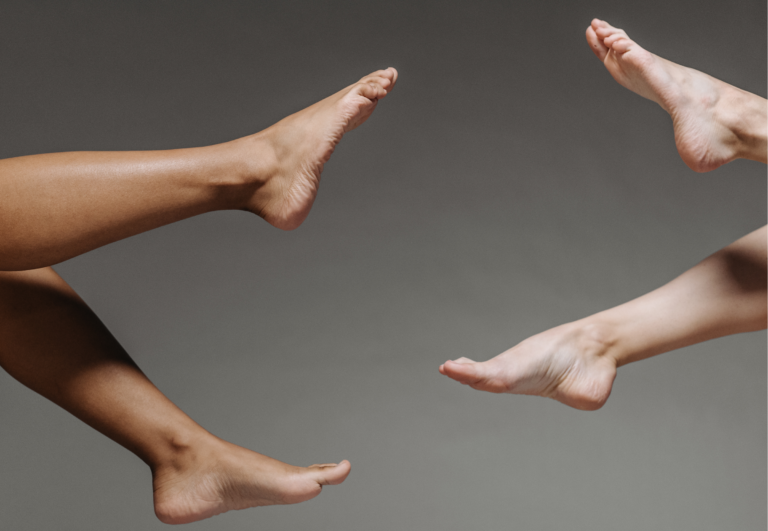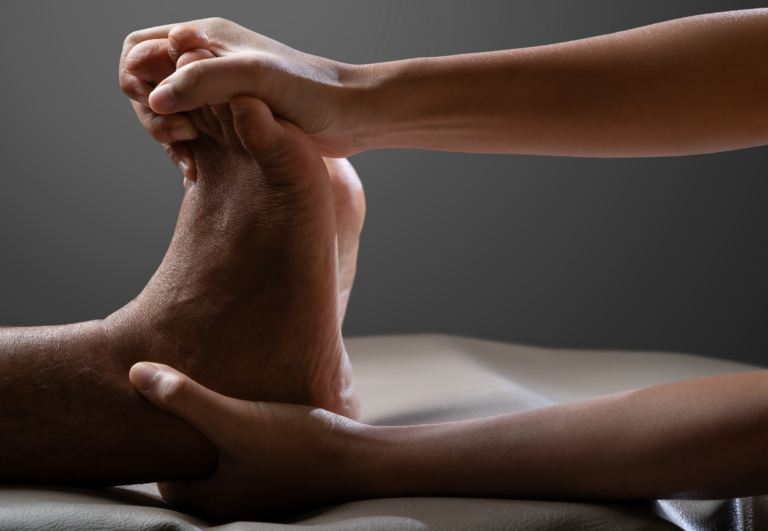Can Wearing Toe Spacers Prevent Foot Problems? Exploring the Potential Benefits
Toe spacers, often recommended for various foot ailments, have grown in popularity as a preventative tool for foot problems. I’ve observed that they are particularly appreciated for their ability to alleviate foot pain, improve toe flexibility, and enhance circulation. While they cannot reverse existing foot damage, they can provide relief and support for ongoing foot health.
In my experience, wearing toe spacers can encourage a more natural toe alignment, which can be disrupted by regularly wearing tight or constrictive footwear. This better alignment can, in turn, contribute to stronger foot muscles and a reduced risk of foot stiffness and pain.
It’s important to note, though, that while toe spacers can offer comfort and promote foot health, they should be used as part of a comprehensive approach to foot care. Maintaining foot health includes choosing proper footwear, practicing strengthening exercises, and consulting healthcare professionals when necessary.
Foot Anatomy and Common Problems
I’ve come to learn that maintaining foot health is crucial, given that feet are complex structures responsible for stability and movement. Two common elements jeopardizing foot health are toe deformities and various ailments, often exacerbated by improper footwear and lack of foot strength.
Role of Toes in Foot Stability and Mobility
My toes play a pivotal role in maintaining balance and enabling motion. Each toe, particularly the big toe, is fundamental for proper foot strength and stability. A correctly aligned big toe supports body weight and assists in propulsion during walking. On the flip side, issues such as flat feet can reduce stability, often leading to balance issues and increased strain on the foot.

Common Toe Deformities and Ailments
From my experience, typical toe problems include bunions, hammertoes, and hallux valgus. Bunions are bony protrusions at the base of the big toe, causing misalignment. A hammertoe refers to an abnormal bend in the middle joint of a toe. Hallux valgus is the medical term, particularly for the sideways deviation of the big toe towards the second toe.
Toes are prone to ailments like arthritis, leading to pain and inflammation, and plantar fasciitis, involving the inflammation of the tissue connecting the heel bone to the toes. Here’s a quick reference:
- Bunions: Misalignment developing at the big toe joint
- Hammertoe: Curled toe due to an imbalance in the muscles or tendons
- Plantar Fasciitis: Painful inflammation at the bottom of the foot
- Arthritis: Joint inflammation, causing pain and stiffness in the toes
Understanding these problems and their implications is crucial to recognizing the importance of maintaining good foot health through proper care and potential preventive measures such as the use of toe spacers.
Benefits of Toe Spacers for Foot Health
Toe spacers are designed to promote comfort and address issues related to the alignment and spacing of toes. My use of these simple tools has shown these benefits which are supported by podiatric insights.
Preventing and Alleviating Pain
Toe spacers work to prevent and alleviate pain by reducing pressure on the toes. I’ve found them particularly beneficial for easing discomfort from bunions and calluses, which often stem from toes pressing against each other.
- Pain Relief: Consistent use can help reduce toe and foot discomfort.
- Bunion Mitigation: They can provide relief by positioning the big toe properly, potentially preventing bunion formation or reducing existing bunion pain.
Improving Foot Posture and Alignment
Proper alignment of the toes is crucial to maintaining foot health. I’ve noticed when my toes are correctly aligned using toe spacers, there’s a marked improvement in my overall foot posture.
- Toe Realignment: Helps in guiding the big toe to a natural position.
- Arch Support: Contributes to better foot posture by indirectly supporting the arch through proper toe alignment.
Enhancing Toe and Foot Flexibility
Strength and flexibility of the feet are often overlooked aspects of foot health. By using toe spacers regularly, I’ve felt a noticeable improvement in the flexibility of my toes.
- Muscle Stretch: They aid in stretching and strengthening the intrinsic muscles of the foot.
- Increased Flexibility: Continuous use helps maintain and enhance the flexibility of both toes and feet.
Types and Materials of Toe Spacers
Toe spacers come in a variety of materials, each with its benefits and design features aimed at preventing foot problems. Using the right type can be instrumental in ensuring comfort and effectiveness.
Silicone vs. Gel vs. Foam Spacers
- Silicone: Known for durability and flexibility, silicone toe spacers are a common choice for long-term use. They’re often washable and can fit comfortably in a variety of shoe styles. Silicone is a soft material that tends to adapt well to the foot’s anatomy, offering a balance between support and comfort.
- Gel: Medical-grade gel spacers are designed for their cushioning properties and can provide soothing relief. They are especially recommended for dealing with foot discomfort related to bunions or overlapping toes.
- Foam: Foam spacers are usually the softest option and can be a good temporary solution for toe alignment. However, their softer nature means they may compress more quickly and need more frequent replacement.
Design Considerations for Effectiveness
- Fit: An effective toe spacer should fit snugly between toes without causing excessive pressure. The design should aim for a balance that holds toes in place while still conforming to foot movements.
- Coverage: Some spacers cover more of the toe area to provide extra cushioning, while others are minimal for a more discrete appearance. The choice between these types should be based on the specific needs of the user and the severity of their foot problem.
Selecting the right material and design for toe spacers can assist in preventing foot problems by ensuring a proper fit and adequate cushioning for daily activities.
Proper Usage and Care for Toe Spacers
Using toe spacers effectively can improve foot health and prevent foot problems related to toe misalignment. It’s important to wear them correctly and keep them clean to maintain their benefits.
Best Practices for Wearing Toe Spacers
How often: Start wearing toe spacers for about 10-15 minutes a day and progressively increase the duration as your feet adjust. This gradual approach helps the muscles and ligaments adapt to the new alignment without causing strain.
- Footwear: Opt for footwear that accommodates toe spacers, such as barefoot shoes with a wide toe box, to allow for better alignment and prevent crowding of the toes.
- Barefoot: If possible, spend time barefoot with the toe spacers to encourage natural toe movement and alignment.
Duration: Avoid wearing toe spacers for excessive periods initially to prevent discomfort. Listen to my body for indications on the right duration of use.
Maintenance and Hygiene
Cleaning process: Clean gel toe separators with mild soap and warm water after every use to eliminate bacteria and prevent infections. Dry them completely before the next use.
- Material durability: Inspect gel toe separators for signs of wear and tear. Replace them if they show signs of degradation to ensure they continue to provide the right support.
- Storage: Store toe spacers in a cool, dry place to maintain their shape and prevent deterioration.
Remember that while toe spacers can aid in foot health, they don’t substitute for professional medical advice. Regularly clean and inspect them to ensure they remain a beneficial part of my foot care regimen.
Additional Strategies to Support Foot Health
Beyond toe spacers, there are other methods I use to maintain healthy feet. These tactics are integral for promoting foot mobility and preventing discomfort.
Footwear Choices and Alternatives
One should never underestimate the impact of well-chosen footwear on foot health. Shoes with a wide toe box allow toes sufficient space, reducing the risk of bunions and other deformities. Conversely, high heels can constrain the foot and often lead to issues. Orthotics may serve as a beneficial addition for those needing extra support.
Exercises and Stretches for Feet
Regular exercises and stretches can enhance foot strength and flexibility. Toe curls and extensions target the muscles directly, while ankle circles improve overall mobility. These practices can be performed daily to support foot health.
When to Seek Professional Advice
Even with proactive measures, consult a podiatrist if foot problems persist or worsen. These professionals can advise tailored exercises, stretches, or orthotics to address specific concerns. Their expertise is crucial for maintaining optimal foot health.





